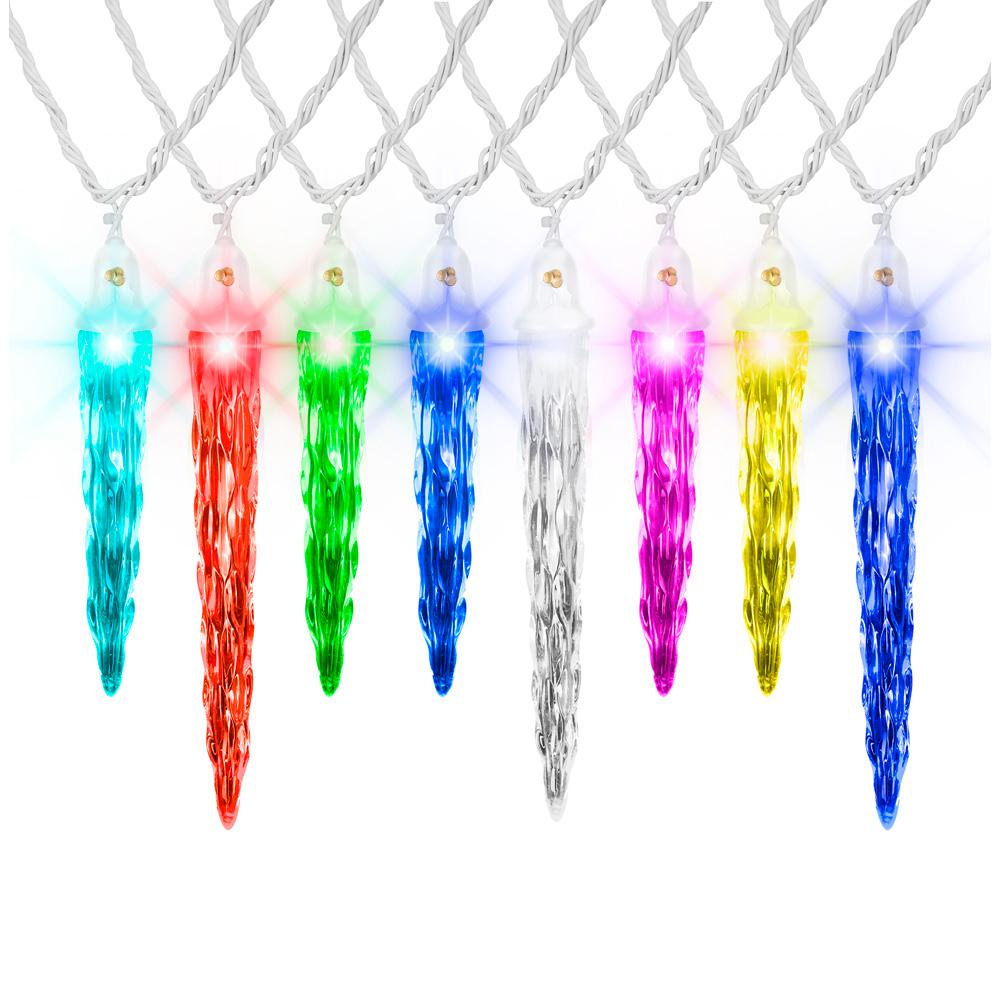

- #Change clip colour with track colors pro tools how to#
- #Change clip colour with track colors pro tools serial#
- #Change clip colour with track colors pro tools full#
- #Change clip colour with track colors pro tools software#
- #Change clip colour with track colors pro tools free#
As you grade, you’ll notice that you’re adding more and more nodes on your clips. Using the Primaries Wheels, I’ll do a primary grade on the first node - it’s always a great idea to start with a base color correction before adding a look to your clips.Īnother practice that I highly recommend is to properly label your nodes.
#Change clip colour with track colors pro tools how to#
I’ll only be doing some basic grades here, because my aim for this tutorial is to show you how to use DaVinci Resolve in your own color-grading tasks. It’s just a personal preference of mine to use really flat looking clips. Take note, though, that you don’t have to do this. Now we have a very flat image to start with and we can begin grading. Another option is to use color management for your whole project and set the color science to either DaVinci YRGB, DaVinci YRGB Color Managed, ACEScc, or ACEScct. I changed the color science to IPP2, the color space to REDColor4, and Gamma Curve to REDlog Film. Resolve allows you to tweak Camera RAW settings if you have a RAW file, and since this clip is available as an R3D file, I did just that. Group Of Friends Walks Through Rice Field by rotator All the clips that I’ll be working with are by Pond5 artist rotator, starting with this Pond5 Exclusive video clip of a group of friends in a rice field: Now that you have a general idea of the interface, let’s grade a clip, so you can see more clearly how every panel works together. You can switch between these palettes by selecting their appropriate icons. On the lower right of the interface is where you can find the Keyframe Editor, Videoscopes, and Information. Keyframe Editor, Video Scopes, and Information They can be used in combination with the primary adjustments from the Left Palette, and include Curves, Qualifier, Power Windows, Tracker, Blur, Key, Sizing, and Stereoscopic 3D Palettes.Ĩ. The Center Palette features additional tools with different functionality. These panels are accessed by clicking the corresponding icons at the top of the panel. This panel consists of various set of tools for doing primary adjustments for contrast, color, and the processing of RAW files. In the lower left corner is the Left Palette. It can also display either the codec, clip name, or versions of your grades. The thumbnail timeline can show you if your clip has been graded, the source timecode, clip number, and track number, and whether it’s been flagged. A Mini-timeline is also available and can be viewed by making sure that “Timeline” is active in the Interface Toolbar.

You can view a Thumbnail timeline by making sure that “Clips” is active the Interface Toolbar. It provides you different means of navigating the clips in your project. In the middle of the screen is the Timeline.
#Change clip colour with track colors pro tools serial#
There are different types of nodes - Serial, Parallel, Layer, Outside, and RGB Splitter - the most basic of which is the Serial Node. Nodes are connected linearly from left to right. You can use a single node tree for basic color correction tasks, or use multiple nodes for more complex color-grading jobs. This is where you build your color-correction node tree.
#Change clip colour with track colors pro tools full#
You can also toggle between three other different types of viewers - these are the Enhanced Viewer (Alt/Option + F), Full Screen Viewer (Shift + F), and Cinema Viewer (Command/Ctrl + F). The Viewer also allows you to do (1) Image Wipes and (2) Split Screens to help you with color matching, and refine your secondary color corrections by viewing your selections through the (3) Highlight view. The Viewer displays the frame of the current position of your playhead in your timeline so you can see what you’re grading. Grabbed stills also contain grades which you can copy to other clips.

This is where you store still frames that you can use as a reference when you’re grading and matching your clips in the timeline.

Inactive panels have a muted button in the Interface Toolbar. It has buttons for the Gallery, Timeline, Clips, Nodes, OpenFX, and Lightbox. The Interface Toolbar allows you to hide and show different sections of the Color Page. The Color Page in Resolve has several areas that work together to let you grade your clips quickly and easily: We’ll start by reviewing the different components of the Resolve interface. Related Post Color Correction Basics Using Adobe Premiere If you need to get started from a more elementary level, check out our post on Color Correction Basics Using Adobe Premiere before continuing.
#Change clip colour with track colors pro tools software#
This article assumes that you already have prior knowledge on how to grade clips in other software like Premiere Pro, Avid, and FCPX, so I won’t talk about video scopes and other color correction essentials. This overview of Resolve’s Color Page will clear things up, so you can start color correcting and grading your clips in no time.
#Change clip colour with track colors pro tools free#
DaVinci Resolve is very powerful free software for color correcting and grading your footage, but a lot of people find it confusing and complicated.


 0 kommentar(er)
0 kommentar(er)
